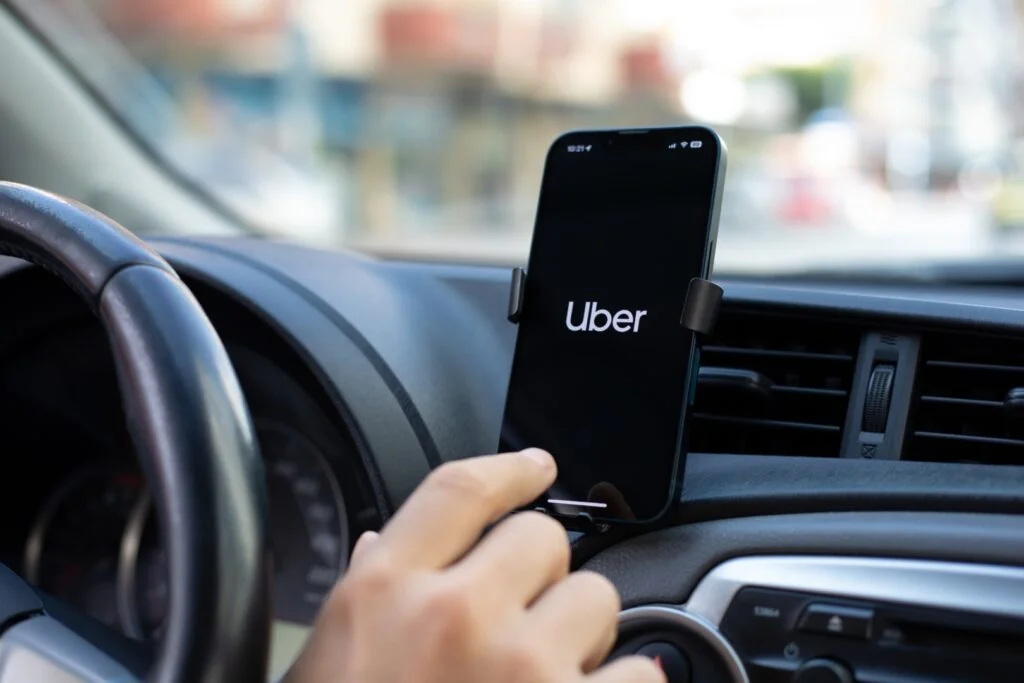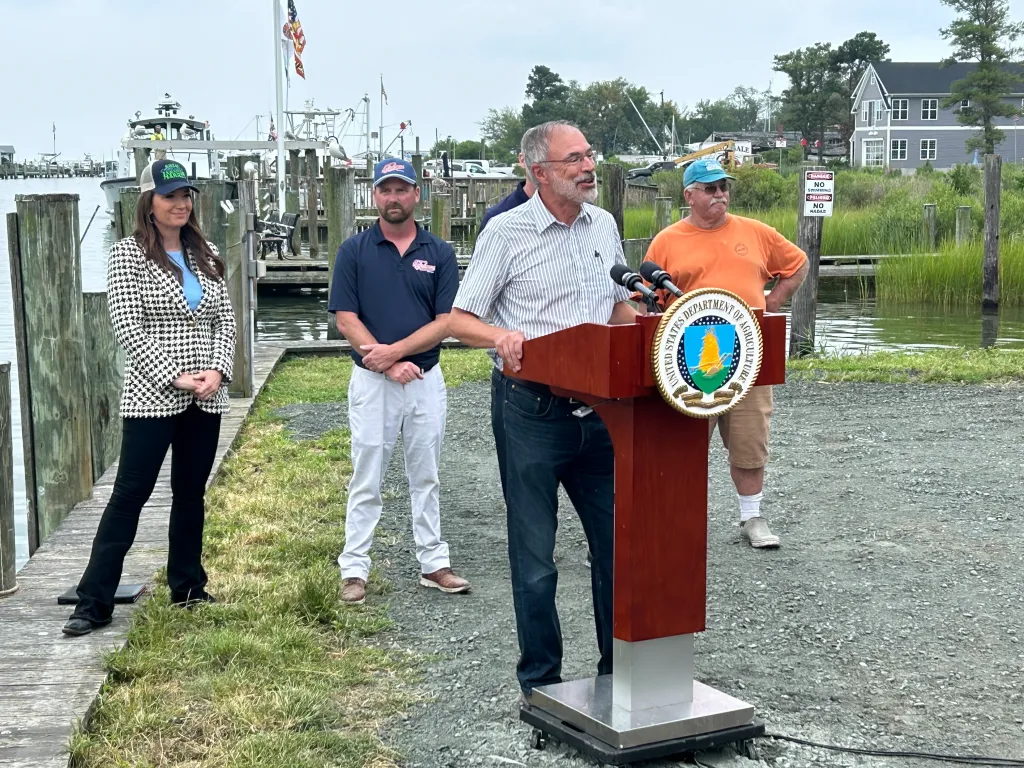
As the U.S. ramps up its focus on autonomous driving, companies like Tesla Inc. TSLA, Alphabet Inc.’s GOOGL GOOG Waymo, as well as Amazon.com Inc.’s AMZN Zoox are driving the sector forward.
But the real beneficiaries of this trend, if executed successfully, could be ride-hailing platforms like Uber Technologies Inc. UBER and Lyft Inc. LYFT. Let’s break down why.
Cost Savings
One of the biggest advantages of autonomous taxis over traditional ride-hailing lies in economics. By eliminating the need for a human driver, companies could dramatically reduce costs while offering rides at more competitive prices—potentially boosting both adoption and margins.
This was also demonstrated by a user on the social media platform X recently when he compared the cost of a Tesla Robotaxi with that of a regular Uber ride to a coffee shop in Downtown San Jose. The difference in cost between the Tesla and the Uber came to over $13 in favor of the Tesla.
Growing Customer Adoption
Recent data has also shown that there is an upward trend among customers favoring Robotaxis over traditional cabs, with customers on Uber’s platform in Atlanta ditching human drivers in favor of Waymo Robotaxis on its platform.
Another positive trend for autonomous vehicles comes in as Tesla’s Robotaxi app rollout on the Apple Inc. AAPL App Store became one of the most downloaded apps among free travel applications and surpassed Uber’s own 30-day rollout record.
Improved Safety Outcomes
Research has showcased that autonomous vehicles could also be safer than human drivers, with Waymo recently having released a study which showcased that it was 91% more likely to avoid serious injuries when compared with human drivers.
The company also said that Waymo recorded 79% fewer airbag deployments when compared to humans across the cities it currently operates in. Waymo has recorded 96 million driverless miles to date.
Waymo also released a study last year in December to showcase how it fared against humans. According to the report, Waymo vehicles demonstrated an 88% reduction in property damage claims and a 92% reduction in bodily injury claims compared to human drivers.
Partnerships Could Be The Way Forward
Ride-hailing companies like Uber and Lyft have announced partnerships with companies like Waymo to offer Robotaxis on their platforms. Uber CEO Dara Khosrowshahi had also hinted at partnerships with companies like Tesla, which experts believe holds a scale advantage over rivals due to its FSD system.
Khosrowshahi also said that the autonomous driving industry presents a $1 trillion TAM opportunity for companies. The CEO, during Uber’s recent earnings call, said that the company could explore different business models with multiple revenue structures for Robotaxis, including a “merchant” model where Uber paid the company a fixed amount on a dollar per trip per day.
Meanwhile, Waymo has announced a partnership with Lyft to allow the Robotaxis on Lyft’s platform in the city of Nashville. News of the partnership led to a 10% surge in Lyft’s stock on the NASDAQ.
Such partnerships allow ride-sharing companies to greatly expand their TAMs and open new revenue streams in addition to the ones already available to these companies.
The partnerships could also remove the costs associated with maintaining a fleet, since the companies would only provide the autonomous vehicle enterprises with a platform for their vehicles to operate, thereby also increasing Robotaxis’ market penetration.
Challenges Ahead
However, there are still many challenges that lie ahead for autonomous vehicles. For one, regulations for autonomous vehicles still vary state-to-state in the U.S., though there has been a push from the government to adopt a federal regulatory system for AVs as well as ease regulations.
Recently, the Trump administration’s pick to lead the NHTSA, Jonathan Morisson, called for stricter oversight on autonomous vehicles. Meanwhile, autonomous driving also has to undergo rigorous testing to ensure safety, with Tesla already facing multiple lawsuits over its autonomous driving system.
Autonomous driving cabs could negatively impact regular cab drivers, with NYC cabbies asking New York state governor Kathy Hochul to halt Waymo’s testing operations in the city, as it could affect their livelihoods.
The vehicles also face criticism from lawmakers like Sen. Josh Hawley (R-MO), who said that he would be introducing a bill seeking a ban on autonomous vehicles in the U.S. as it would be “terrible for working people,” according to the Senator.
Conclusion
Ride-hailing companies, too, are investing in AVs, with Uber recently signing a multi-million dollar deal with self-driving company Nuro Inc. and Lucid Group Inc. LCID to deploy over 20,000 Robotaxis across the U.S. on its platform over the next six years.
Despite the challenges, autonomous vehicle testing is rapidly being expanded across multiple countries in the world and it could be the next big thing in the auto and tech industry.
Check out more of Benzinga’s Future Of Mobility coverage by following this link.
Read Next:
Uber CEO Says Building Camera-Only Self-Driving System ‘Very Difficult’—Elon Musk Responds, ‘Turned Off The Radars In Teslas To Increase Safety’
Photo courtesy: Shutterstock



